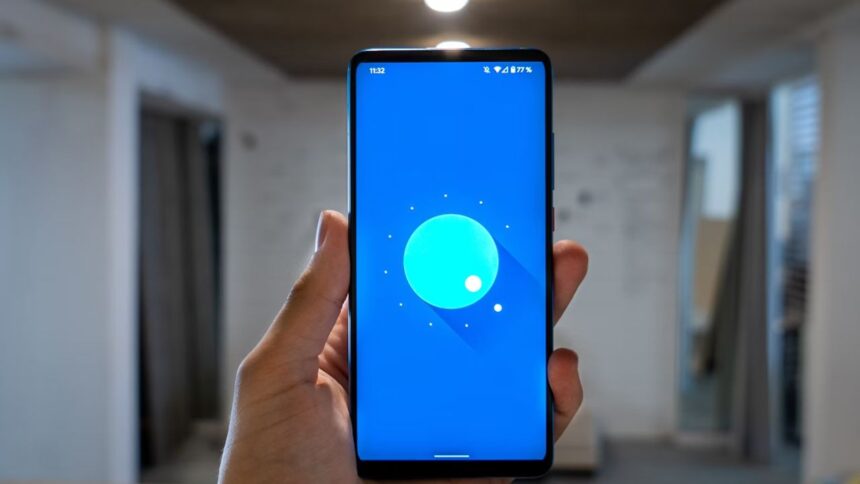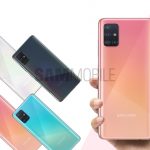- Google Play Services introduces FOP API, transforming device orientation in Android apps.
- Enhanced accuracy across devices promises better navigation and AR experiences.
- Developers gain streamlined development and users enjoy improved app functionality.
A toolkit from Google Play Services has been released to transform device orientation in Android apps. An important step toward solving the long-standing problem of guaranteeing accuracy and consistency in orientation data across various devices and environments is the release of the Fused Orientation Provider (FOP) API.
Android and Google Maps to Boost Device Orientation Accuracy
In the past, the ability of sensors like the accelerometer, gyroscope, and magnetometer to function independently was required to determine the orientation of a device. However, these sensors frequently had problems, especially in cities where compass and GPS readings might not be accurate. Users experienced frustrating results as a result, especially in navigation apps where accurate directionality is essential.
The FOP API takes a more thorough and cohesive approach to addressing these problems head-on. Utilizing information from the accelerometer, gyroscope, and magnetometer, it applies a clever algorithm to combine the data. A more accurate representation of device orientation is provided by this all-encompassing approach.

The FOP API’s ability to adjust for sensor biases and variations present in various devices is one of its most notable features. Regardless of the brand or model of the device, it can adjust for things like gyroscope drift and magnetometer hard iron offset, providing consistent and trustworthy orientation data.
The API also improves the synchronization of sensor readings that are based on various internal clocks, which increases the orientation data’s accuracy even more. Additionally, it gives developers insightful information about compass heading accuracy, allowing them to adjust their applications appropriately.
The FOP API has advantages for both developers and end users. Integration with the current Android Rotation Vector expedites the development process for developers and improves the user experience for users of apps that depend on orientation functionality. This includes augmented reality experiences that fluidly adapt to device movements and navigation apps that provide reliable directionality.
Additionally, the FOP API guarantees faster algorithm updates due to its location within Google Play Services, which guarantees continuous accuracy improvements over time. This puts an end to worries about implementation variations based on specific devices.
To put it briefly, device orientation in Android apps has advanced significantly with the Fused Orientation Provider API. Utilizing sensor fusion, bias compensation, and synchronization, it paves the way for a wider range of applications with a more dependable and seamless user experience. The potential applications are numerous and exciting, ranging from virtual reality and gesture detection to navigation and augmented reality.

